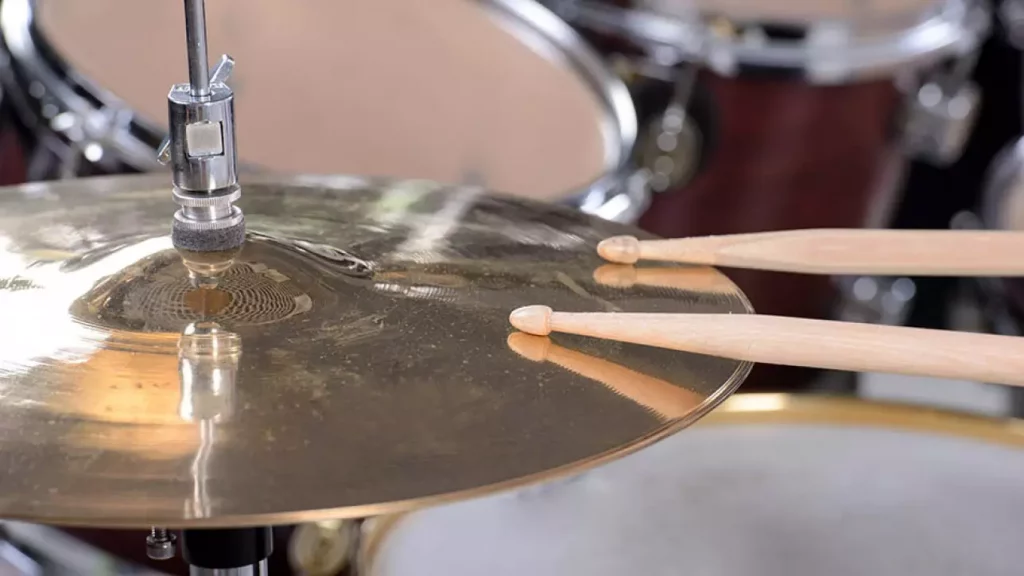Oxygen is a very interesting gas that keeps humans and every other lifeform on Earth from becoming extinct. But that is only because our bodies have evolved to make use of oxygen in some spectacular ways. Otherwise oxygen is a highly toxic and corrosive element more suitable for sending rockets to space than for sustaining life.
Many metals like iron and its offspring carbon steel quickly rust if not protected with paint, plating and similar coatings. But there are other metals like aluminum, stainless steel that react with oxygen in the air to form a thin protective shell known as passivation layer. This passivation layer protects the metals from getting rusted.
The good news is that a broad selection of corrosion-resistant metals is available, and we machine, 3D print, and fabricate the most often used ones. Here’s a quick overview of each, along with a few application examples:
Aluminum:
Aluminum is an excellent choice for various applications. It’s many alloys are strong, light-weight, non-magnetic, electrically conductive, making them suitable for everything from cooking utensils to machinery hardware, electronic housings and scientific instruments. Pure aluminum parts when exposed to air form a thin aluminum oxide layer which then resists corrosion and rust. If artificial passivation / hardening is required, there are multiple options to go for like anodization.
Titanium:
Titanium is a light weight metal but highly expensive one. It is as strong as steel but at half the weight and is twice the strength of aluminum with one and half times the weight. Titanium is also one of the most corrosion resistant metals due to the generation of titanium oxide coating when oxygen is present. Ti-6Al-4V titanium is a “workhorse alloy” for its widespread use in medical implants, aircraft engines, power generations facilities, sporting equipment and other applications.
Stainless Steel:
Stainless Steel is another versatile material for CNC Machining. There are various alloys of stainless steel being used in the CNC machining for the diverse properties this material exhibits. Stainless Steel gets its protective layer from chromium oxide. That is because the element that gives all stainless steels their name is chromium. For instance, 303 stainless steel contains between 17 – 19% chromium, 9% nickel and a smattering of trace elements like manganese and phosphorous. There is also a tiny amount of sulfur which makes 303 one of the most machinable stainless steels but slightly less corrosion resistant.
Next is 304, another “general purpose” grade stainless steel followed by 316 stainless steel, a tougher, more heat, wear and corrosion-resistant grade thanks to 2% molybdenum. Each of these materials are also available in low carbon grades (as in 304L & 316L) that are bit softer and slightly more weldable than their counterparts.
Finally comes another aerospace favorite, 17-4 PH. Unlike 300 series stainless steels, 17-4 can be made quiet hard through heat treatment so this is often found in gas turbines, petrochemical applications and aircraft parts.
Cobalt Chrome:
This alloy has many of the same mechanical attributes as stainless steel but is slightly stronger and more wear resistant. Cobalt Chrome is a bio-compatible material. We can see this material in dentures, knee joint replacement although the material is widely used in many industrial applications such as furnace liners and engine components. Cobalt Chrome is currently limited for DMLS 3D Printing.
Inconel:
Inconel is another unique DMLS offering. That is because this material is quite challenging to machine but can be readily 3D Printed into large parts as large as 400mm x 800mm x 500mm. Like 17-4 stainless steel, Inconel 718 is precipitation-hardenable but this material also contains far higher amounts of nickel along with 5% or so of the refractory metal niobium and nearly that much molybdenum. This explains the great strength and high heat capabilities of Inconel making it a preferred material for any component subject to temperatures up to 1,300°F (700°C) and extreme mechanical loading.
Brass:
Brass is a copper and zinc alloy that is easily machinable and sits at the opposite end of the machinability chart from Inconel, Titanium & Cobalt Chrome. Brass material is useful for plumbing fixtures and adapters, bearings, heat sinks, threaded fasteners and any other parts requiring high electrical and thermal conductivity. There are 2 kinds of brass materials available in the market. One is free-cutting brass C360 which gets its name from a trace amount of lead that eases machining and makes this yellow metal quite popular for high volume screw machine work. Similarly, alloy C260 is known as cartridge brass for its excellent formability and subsequent use in bullet cases and in other “deep drawn” commodity components. For turned and milled parts, brass is an attractive alternative with many admirable qualities, not the least of which is its good looks.
Copper:
Copper comes in 2 grades – C101 & C110. Each grade has distinct mechanical properties and all are considered planet’s most electrically conductive materials. Copper overlaps with brass in terms of various applications but is generally more formable, less machinable, and a fair bit more expensive. It’s a great choice for high-performance heat exchangers and electronic or electrical applications (EMI shielding, for instance). Thanks to its anti-microbial properties, copper is enjoying increased use in hospital equipment.
At THINK3D, we offer CNC machining of all the above mentioned materials. With more than 10 CNC machines in-house, we have one of the best CNC machining & post processing facility to cater to all your machining needs.
